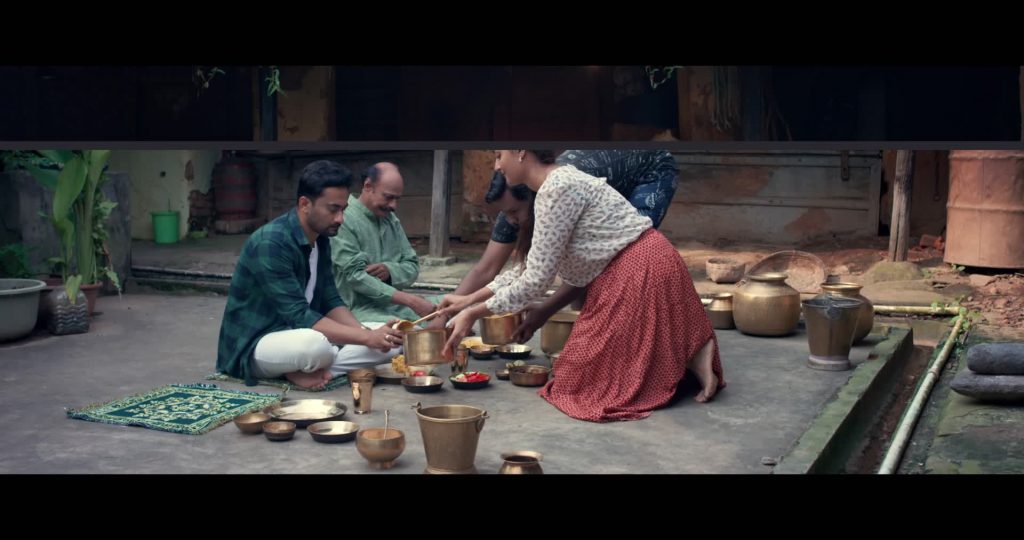Some twenty minutes into Peenakee Singh and Sisir Kumar Sahu’s Phalguna Chaitra, Chaudhury Jayprakash Das’s character, an aging patriarch with a handlebar moustache, who is fondly referred to as jejebapa (grandpa), gives a tour of his ancestral home, an old magisterial building aching in absence of maintenance, to Smruti (BM Baishali), his granddaughter, and Kabya (Partha Ray), who is there to renovate the ancient house.
Reminiscing about his father and his childhood, Das asks him to be kind and considerate toward all the people who have called the building their home over the years, by remodelling it in a way that doesn’t destroy the marks of the old memories it harbours.
Memories, one realises, are both at the front and centre of Phalguna Chaitra. How these memories form, what triggers their recall, what remains when they fade away, and how our lives become miserable without them, these are what motivate the characters in this film and drive the plot.
As Kabya and Smruti (a name that incidentally translates in English to memory) spend more time together, they start to fall in love. The love grows and finds expression in the early mornings, lonely evenings and in crowded markets as their hands touch and as Kabya buys her flower garlands. Everything feels like a blooming sweet romance until, again, the memories kick back, in flashbacks, to shake off that sweetness, just to say enough avoiding any spoilers.
Though the great reveal of the film may seem to some people not potent enough, familiar, even a letdown, the Odia audience, and the non-Odia too as there is English subtitle, should visit the theatre to savour the beauty of Odisha on screen and immerse themselves in the story as its execution and visualisation have simply been extraordinary.
The way the landscapes, the streets, the interiors of the house and the conversations have been shot, cut and stitched together reflect how much attention and love the cinematographer Rudrakant Singh and the director duo have poured into each scene. The rhythmic editing, to the tunes of music voiced by artistes like Gourav Anand, makes the second half no-less than a mesmerising musical, with the potential to make some eyes jerk tears seeing Jayprakash Das and Bhaswati Basu grieving under the burden of memories. But this over-reliance on music can also be seen as a weakness, an under-deployment of plot devices.
However, as Martin Scorsese once said, “Cinema is a matter of what’s in the frame and what’s out,” films like Phalguna Chaitra are revolutionising Odia cinema one frame at a time by making the choice to keep in the frame the ‘chakuli pitha’ of Odia kitchens, the ‘sanja balita’ from Odia evenings, and the ‘Malajanha’ from Odia bookshelves.
This review was first published in print May 13, 2023.

